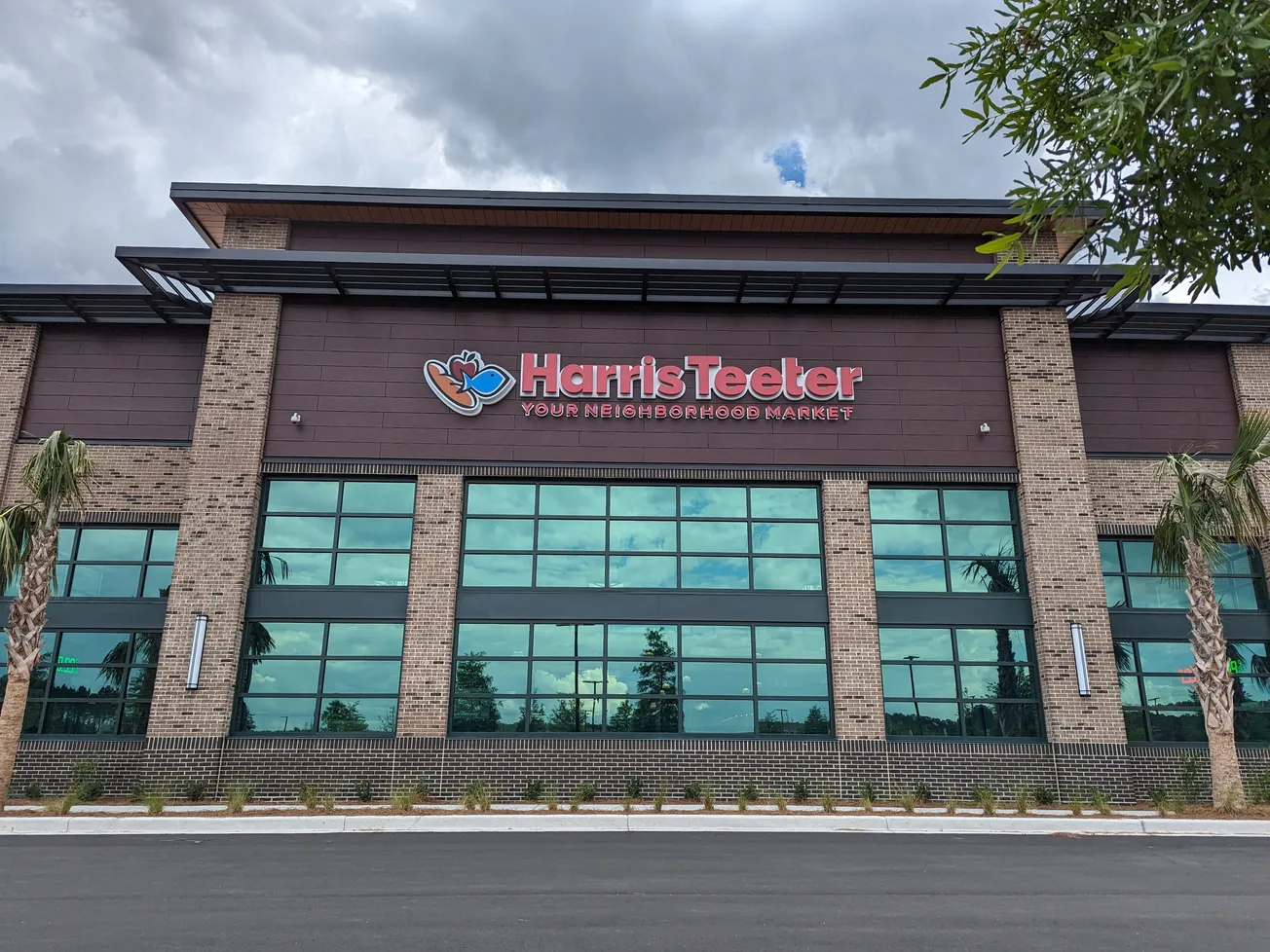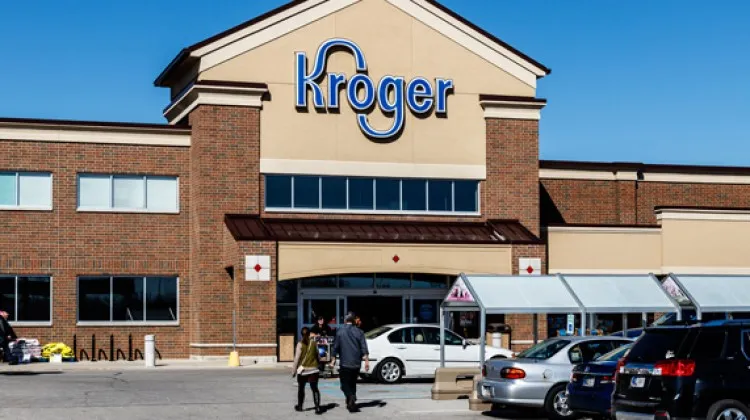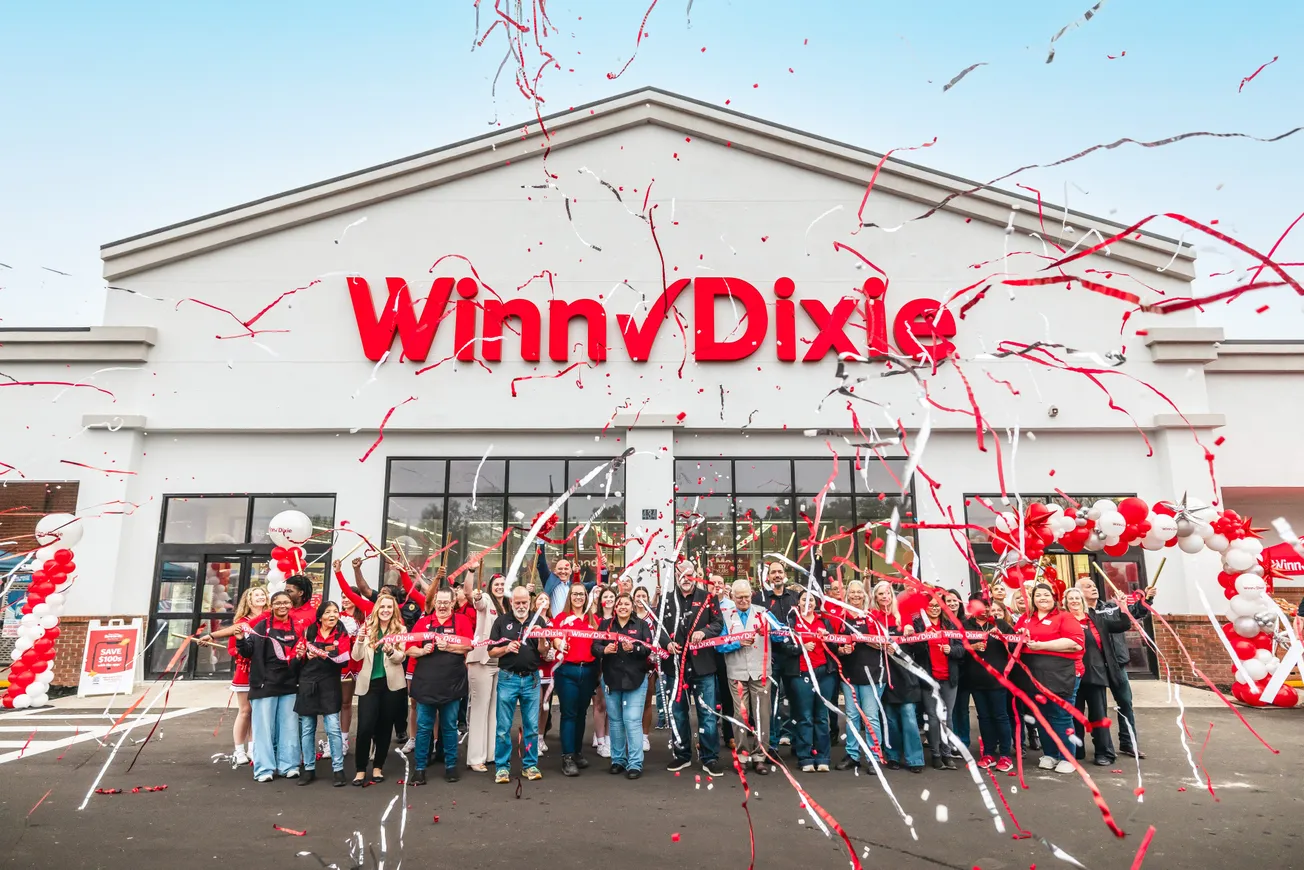CHICAGO — Amazon took the top spot in dunnhumby’s latest ranking of the nation’s top grocery retailers, with H-E-B following in second place and Market Basket leapfrogging three retailers to take the third spot away from Trader Joe’s. Wegmans held onto the fourth spot for a second year in a row.
“The pandemic has massively accelerated changes in how customers buy their groceries, and their behaviors are continuing to evolve,” said Grant Steadman, president of North America for dunnhumby. “2021 was the year that grocery retail became truly omnichannel. Retailers who delivered on their customers’ evolving needs in-store and online performed best. This was mostly the larger players, who used their advantages to consolidate their positions. The challenges for most other retailers are significant, but a number of midsize grocers gained momentum by understanding their customers better and differentiating their offering accordingly. The report aims to provide some direction on why and how retailers can best position themselves to win with customers in this era of the Great Reinvention.”
The rankings are based on dunnhumby’s Retailer Preference Index (RPI), a consumer study that the customer data firm has conducted for the past five years.
“We take responses from tens of thousands of customers, ask them all kinds of questions about their perceptions of their grocery retail shopping, how different retailers are performing against those preferences,” Steadman explained during an interview on the Private Label Manufacturers Association’s PLMA Live video feed. “And we compare that with their performance, both from a financial perspective and also in terms of their emotional connection with retailers. And then we rank the retailers based on that performance and look and make conclusions about how different customer preferences are driving different performance across the retails.”
In its first year in the RPI, Amazon Fresh vaulted past 55 other retailers to land in the fifth spot. The 10 additional retailers with the highest overall customer preference index scores are: (6) Aldi, (7) Trader Joe’s, (8) Sam’s Club, (9) Costco, (10) Walmart Neighborhood Market, (11) Target, (12) Publix, (13) Walmart, (14) BJs Wholesale and (15) Fareway.
Key findings from the study:
• Price and quality are no longer head and shoulders above all other customer preference drivers in securing superior, long-term sales growth and emotional connection with shoppers. Price now sits alone at the top in importance, with Digital and Quality tied for second. For the fifth consecutive year, Aldi’s laser focus on price secured the discount retailer with the highest ranking on price.
• Retailers in the first quartile have long-term sales growth that is nine times higher than retailers in the fourth quartile, two times higher than retailers in the third quartile, and one and a half times higher than retailers in the second quartile. They also have superior short-term momentum to those in the other three quartiles, managing solid gains in 2021, surpassing even the height of the 2020 COVID boom, while some other retailers struggled to tread water.
• Second quartile grocers have opportunities to also rise rapidly in the rankings by reinventing their relationships with their customers. Brookshires, Hy-Vee, Food Lion, the Giant Co. and former second quartile retailer BJs Wholesale made the biggest moves up the rankings in 2021.
• BJs Wholesale, the Giant Co. and Food Lion’s focus on personalization of the customer experience through promotions, rewards and the right assortment helped them rise rapidly in the rankings. All three also delivered well-run operations that minimize out-of-stocks and maximize price consistency and logic. And most importantly, these three retailers delivered all of the above attributes without letting base price perception get too far behind Walmart, Costco and Aldi.
• Brookshires and Hy-Vee also made big moves in the rankings due to their leadership in the omnichannel experience that saves customers’ time. They are among market leaders in both ease and customer service in e-commerce and the speediness of the in-store shopping experience.
• Digital is king in driving momentum, as Amazon has demonstrated over the last two years by being ranked as the top U.S. grocery retailer. Amazon is the top digital grocer followed by (2) Amazon Fresh, (3) Target, (4) Walmart and (5) Sam’s Club. These retailers clearly set themselves apart from the second to fourth quartiles in their omnichannel transformation journey. Amazon, Target and Walmart achieve clear gaps between each other and everyone else in digital capabilities. The gap in the Digital pillar score between Walmart (ranked 4th) and Kroger (ranked 13th) is as big as the gap between Kroger and the 59th-ranked retailer.
• Grocery retail is now truly omnichannel, as Digital’s share of total grocery sales more than doubled during the pandemic, from 5% to 10% of sales, yet half of the U.S. grocery shopping population does not buy online and has no plans to. Nearly all online shoppers still buy in brick-and-mortar, where roughly 90% of all customer dollars are currently spent.
• Retailers that use their own e-commerce platforms, versus using Instacart or other third-party platforms, have better customer perceptions of both the e-commerce shopping and delivery phases, and they perform better financially.





